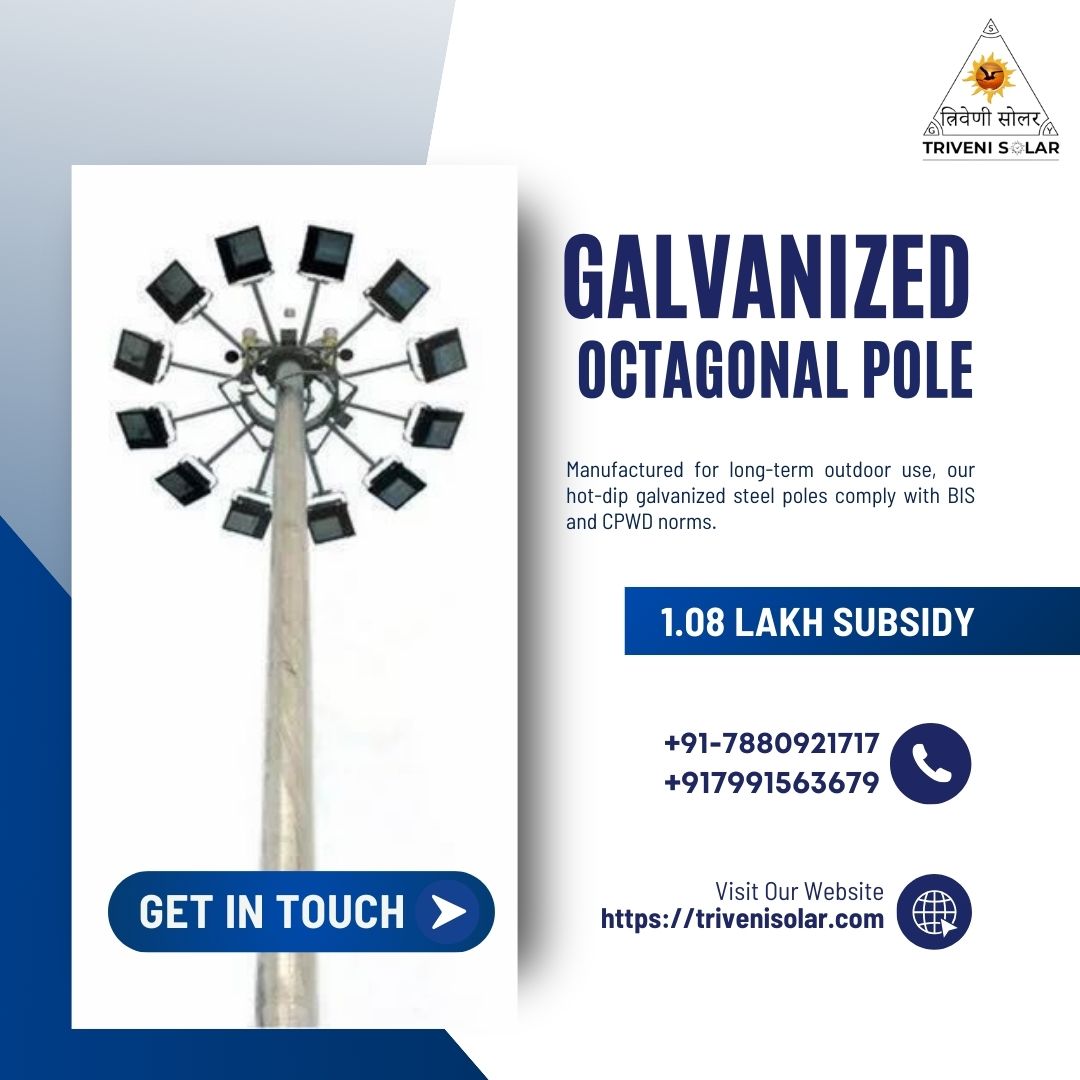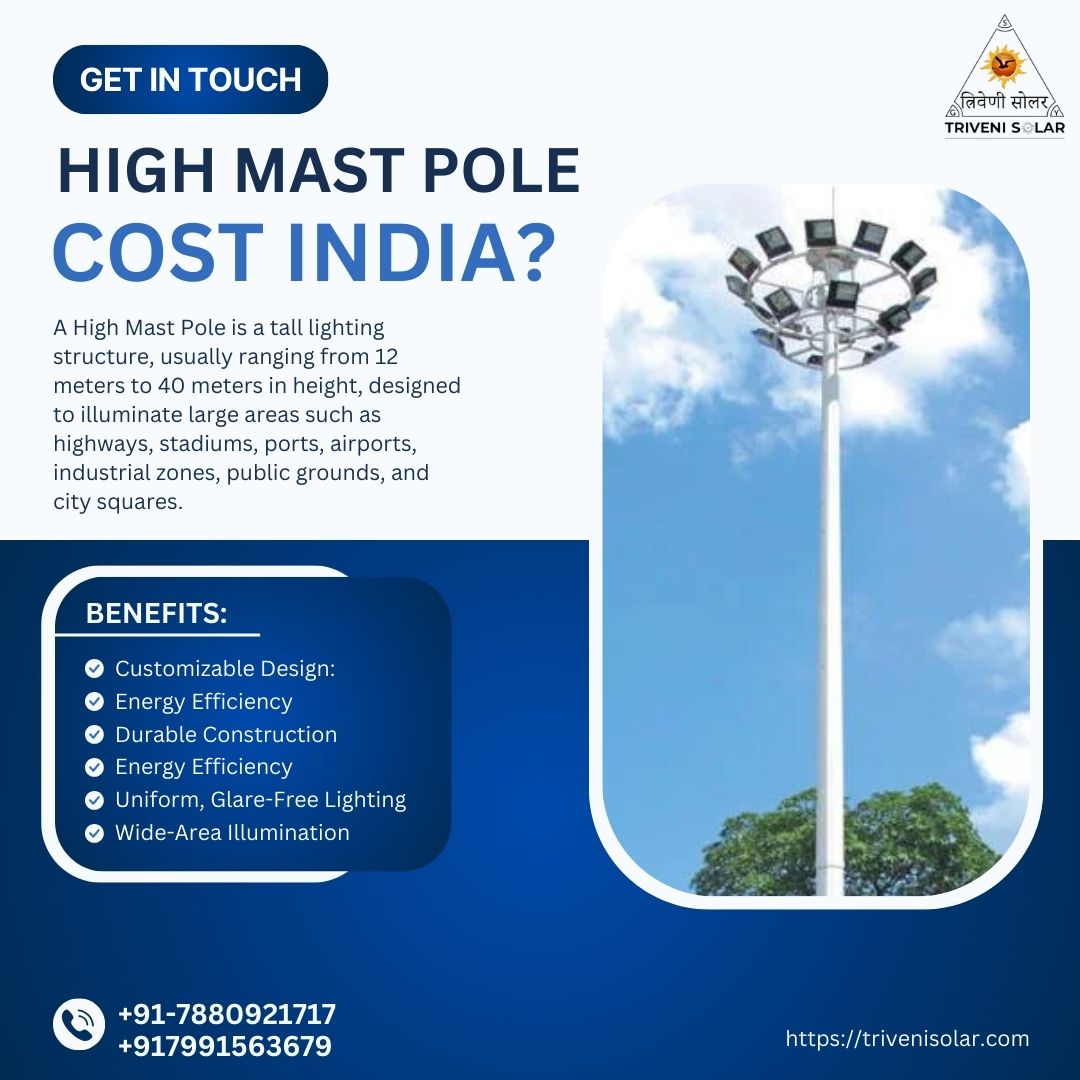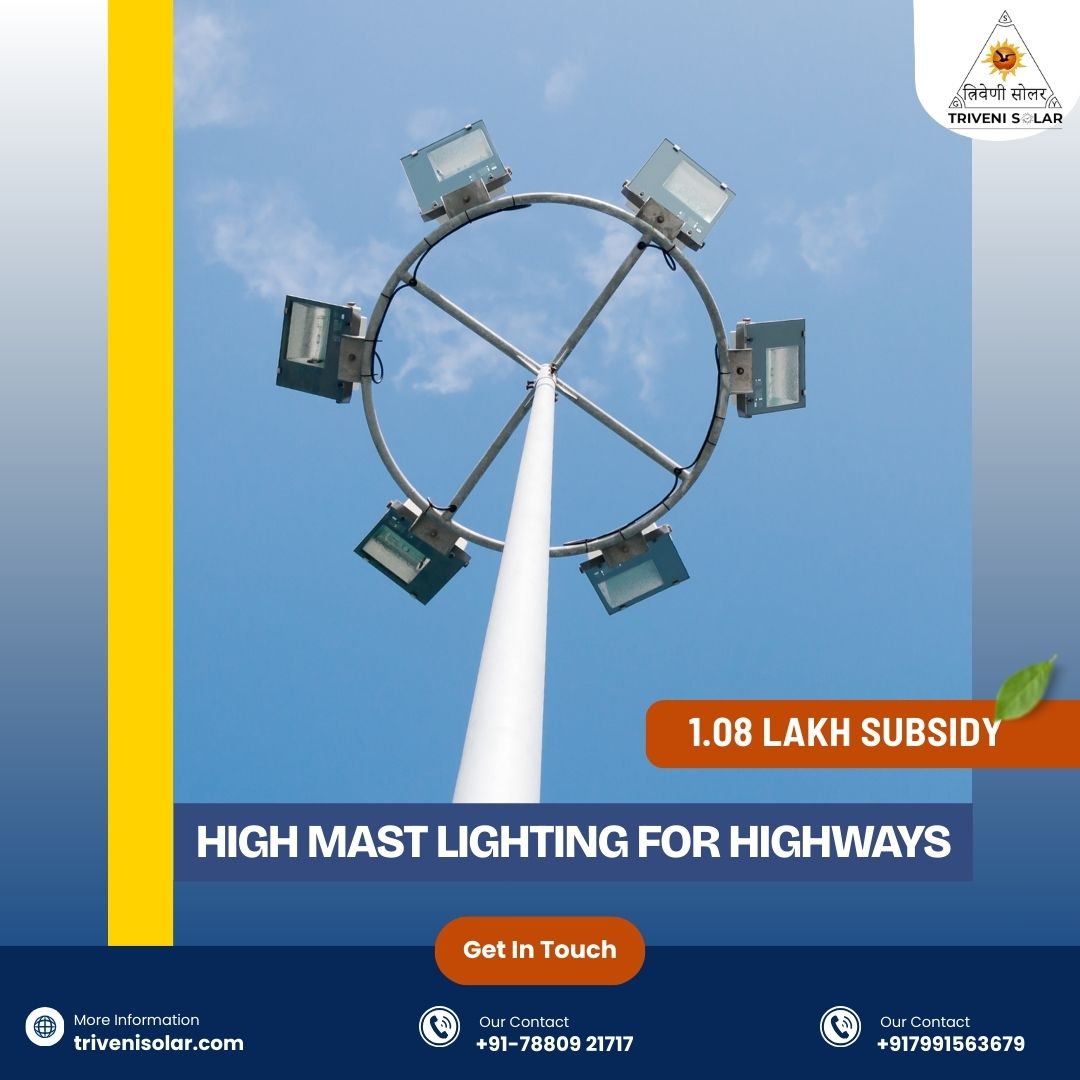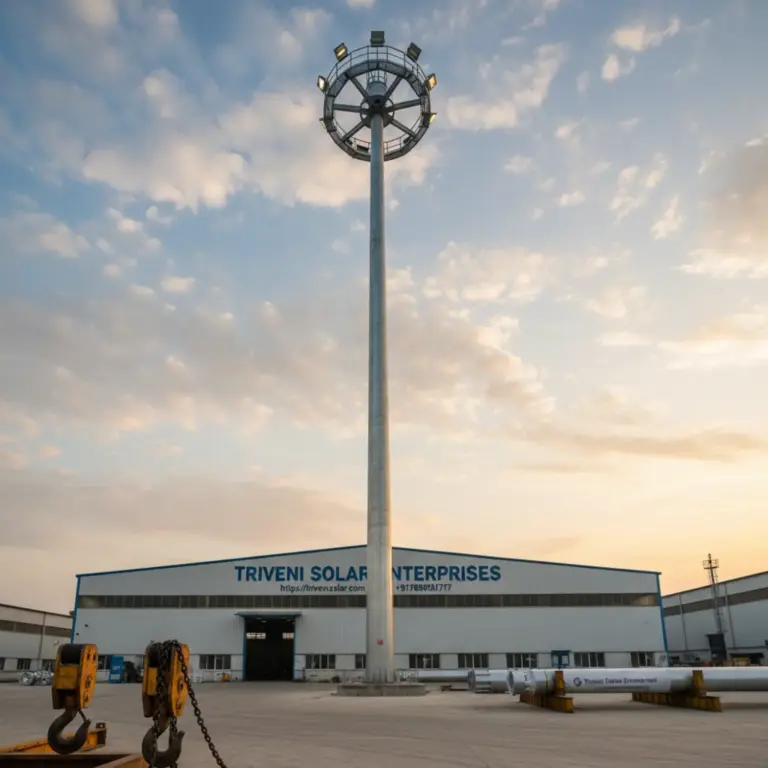Highways are the lifelines of transportation, and proper illumination is critical for ensuring safety, efficiency, and smooth traffic flow. High mast lighting for highways offers a reliable, energy-efficient, and low-maintenance solution for illuminating large areas, significantly reducing accidents and improving visibility for drivers.
Table of Contents
- Understanding High Mast Lighting
- Benefits of High Mast Lighting for Highways
- Technological Advancements in High Mast Lighting
- Maintenance Best Practices for High Mast Lighting Systems
- Case Studies: Successful High Mast Lighting Implementations
- Comparing LED and Solar High Mast Lighting
- Regulatory Compliance and Standards
- Choosing the Right High Mast Lighting Solution
- Conclusion: The Future of Highway Illumination
- FAQs
Understanding High Mast Lighting
High mast lighting is a type of lighting system designed to illuminate large areas such as highways, airports, ports, and stadiums. Unlike traditional street lighting, which uses multiple short poles, high mast lighting relies on tall poles (usually 25–50 meters) equipped with multiple luminaries at the top.
Components of a High Mast Lighting System
- Mast Pole: Steel or concrete structure designed for height and stability.
- Luminaries: LED or HPS fixtures providing wide-area illumination.
- Control System: Automated or manual controls for dimming and scheduling.
- Foundation: Reinforced concrete base ensuring safety and durability.
Types of High Mast Lighting Systems
- Fixed Head: Static fixtures providing consistent illumination.
- Tilting Head: Fixtures that can be lowered for maintenance.
- LED: Energy-efficient, long-lasting, and bright.
- HPS/Metal Halide: Traditional options with higher energy consumption.
Benefits of High Mast Lighting for Highways
High mast lighting systems are widely adopted for highways due to their numerous advantages:
Safety Advantages
- Improved visibility reduces accidents at night.
- Better illumination for road signs, lanes, and pedestrian areas.
- Supports traffic management and emergency response.
Financial & Operational Benefits
- Energy-efficient LED options reduce electricity bills by up to 60%.
- Fewer poles reduce installation and maintenance costs.
- Long-lasting luminaries minimize frequent replacements.
Urban Planning & Aesthetic Benefits
- Enhances highway aesthetics with uniform lighting.
- Integrates with smart city infrastructure for adaptive lighting.


Technological Advancements in High Mast Lighting
Modern high mast lighting systems incorporate advanced technology for optimal performance.
- LED Technology: Provides high luminosity, energy savings, and durability.
- Smart Controls: IoT-enabled adaptive lighting adjusts brightness based on traffic flow.
- Solar High Mast Lighting: A Sustainable solution reducing carbon footprint and operating costs.
Maintenance Best Practices for High Mast Lighting Systems
Proper maintenance ensures longevity and consistent performance of high mast lighting systems.
- Routine inspections for electrical connections, pole integrity, and luminaries.
- Cleaning of fixtures to maintain maximum brightness.
- Replacement schedules based on manufacturer recommendations.
- Preventive maintenance reduces emergency repairs and operational downtime.
Case Studies: Successful High Mast Lighting Implementations
Several highways have successfully implemented high mast lighting systems:
- I-20 Texas Interchange: Reduced nighttime accidents by 30% using LED high mast lighting.
- Delhi–Gurgaon Expressway: Solar-powered high mast poles decreased energy costs and enhanced sustainability.
- Mumbai–Pune Expressway: Tilting head LED fixtures simplified maintenance while maintaining uniform illumination.
Comparing LED and Solar High Mast Lighting
Choosing between LED and solar high mast lighting depends on project requirements:
| Feature | LED High Mast Lighting | Solar High Mast Lighting |
|---|---|---|
| Energy Efficiency | High | Very High (Renewable) |
| Installation Cost | Moderate | Higher upfront |
| Maintenance | Low | Low |
| Lifespan | 50,000+ hours | 25–30 years for panels + 50,000+ hours for LEDs |
| Applications | Urban & Highway | Remote/highway & sustainable projects |
Regulatory Compliance and Standards
High mast lighting must comply with national and international standards for safety, efficiency, and uniformity:
- IEC 60598 (International Standard for Luminaires)
- IESNA RP-8 (Roadway Lighting Guidelines)
- BIS: Bureau of Indian Standards for road lighting
- Environmental regulations for energy efficiency and light pollution reduction
Choosing the Right High Mast Lighting Solution
Factors to consider:
- Traffic density and highway classification
- Budget and ROI analysis
- Location: urban vs rural, solar availability
- Maintenance capabilities and lifespan requirements
- Recommended mast heights: 25–50 meters depending on road width
Conclusion: The Future of Highway Illumination
High mast lighting for highways combines safety, efficiency, and sustainability. With LED and solar options, smart controls, and proper maintenance, highways can be safer, brighter, and more energy-efficient. Triveni Solar offers cutting-edge solutions tailored to your infrastructure needs.
FAQs
- What is high mast lighting? High mast lighting is a tall lighting system designed to illuminate large areas such as highways, airports, and ports efficiently.
- How tall are high mast poles for highways? Typically, high mast poles range from 25 to 50 meters depending on the road width and illumination requirements.
- Are LED high mast lights more efficient than HPS? Yes, LED fixtures consume less energy, provide brighter illumination, and have longer lifespans than traditional HPS lamps.
- Can solar high mast lighting be used for highways? Absolutely. Solar high mast lights are ideal for remote highways and areas where grid connectivity is limited, offering sustainable energy solutions.
- How often should high mast lights be maintained? Routine inspection and cleaning should be done annually, while preventive maintenance can extend the lifespan and reduce operational costs.




